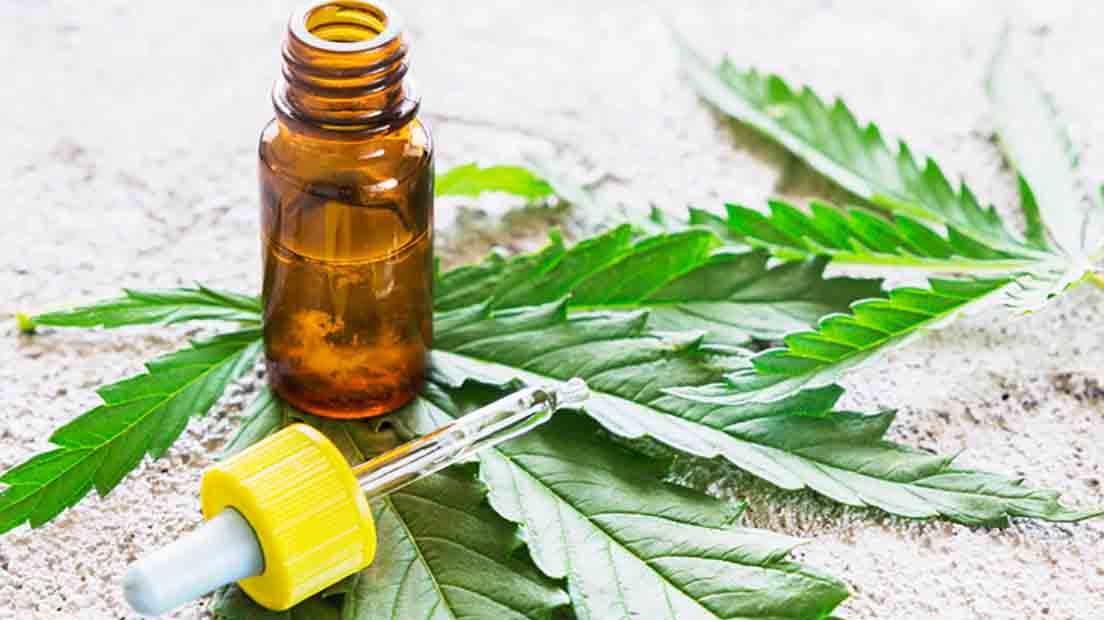THCP the novel cannabinoid of Cannabis
This article is about the THCP, a new promising cannabinoid of the cannabis plant. It was discovered in 2020 and it has some spacial characteristics.
You have probably heard of THC, which is officially known as tetrahydrocannabinol. THC is the psychoactive cannabinoid present in Cannabis plants, it causes mind and body altered states. Also CBD, another canabinoid without psychoactive effects, also popular. But now, a new group of cannabinoids has recently discovered by a group of Italian scientists.
These are THCP and CBDP. The first one also known as tetrahydrocannabiforol, is a cannabinoid that is considered relatively similar to its better known cousin THC and is the cannabinoid that this article will discuss.
Tetrahydrocannabiforol (THCP) is the new phytocannabinoid discovered by science in the past 2020. It has a similar structure and function to THC, but incorporates novel characteristics.
The cannabis industry is evolving at a rapid pace and there is a growing research for new cannabinoids. In response to this growing demand, scientists are further investigating both the benefits of cannabis and potential new cannabinoids.
In today’s article, THCP will be discussed. To find out all about this phytocannabinoid, read on and don’t miss out on what science has to say about it.

What is THCP?
THCP is a phytocannabinoid found in Cannabis. It is a recently discovered molecule that is thought to have an elongated side-chain structure and seven links.
With the discovery of THCP, it has been shown that the length of this side chain plays a key role in the effects THC exerts on CB1 receptors in the body. A minimum of three links is required for THC to bind to the receptor, and the binding affinity reaches a maximum of eight links before it begins to decrease in activity.
Advanced chemical analysis of this molecule has helped to identify these closely related cannabinoids, and has also made it possible to recognise what differentiates them from previously known cannabinoids.
Spectrometric analysis allowed researchers to separate THCP from the hundreds of cannabinoids found in Cannabis Sativa. This research also revealed some interesting differences. As discussed, THCP has seven links in its chain of binding, compared to the five links present in traditional THC. There is some indication that the more significant number of links increases the binding capacity of THCP.
The efficacy of the cannabinoid, at least to some extent, is linked to how well it can bind to CB1 receptors. Early research results suggest that THCP binds better than traditional THC. As a result, THCP may be more effective and powerful than THC.
Experts also suggest that THCP may be 5 to 10 times more active than THC at CB2 receptors. CB2 receptors regulate inflammation and pain and enhance the immune response to pathogens. Thus, there is great potential for the impact of THCP on the endocannabinoid system.
What does the science say about these findings?
There is one study on THCP that could explain why cannabis can have such different effects among users. Thus, scientists involved in the study reported that there is great variability in the response of subjects to cannabis-based therapies, even with equal doses of THC.
Although the psychotropic effects of Cannabis Sativa have always been thought to be primarily due to THC, it is possible that they are due in part to THCP or other extremely potent cannabinoids that have yet to be profiled. Further understanding of the physical and mental effects of THCP may help science to measure the possible beneficial effects of Cannabis.
The same study may also provide the benefit of cultivating strains that are not dominated by THC (in countries where it is legal). Cannabis genetic research has progressed by leaps and bounds in recent years, and strains that produce higher amounts of minor cannabinoids, such as CBDV, CBG and THCV, are becoming increasingly available.
Soon, cannabis strains rich in other minor cannabinoids, such as THCP, could follow this path. Growing strains rich in these minor cannabinoids facilitates the production of the extract of these compounds, allowing everyone to enjoy the potential effects of each cannabinoid.
In general, the authors of the study state that a complete chemical profile of cannabis is vital. The identification of minor cannabinoids and currently unknown cannabinoids may offer therapeutic findings that have the potential to transform medicine beyond our current understanding. Or not. But it is worth finding out.
Could THCP become legal?
THCP is a novel phytocannabinoid that has been little studied, so talking about its legal viability is still a bit risky. Within the complex legal history of marijuana in Spain, THC is the only cannabinoid that is listed as a banned substance.
However, Spanish law states that hemp is legal as long as delta-9 THC is below 0.2 per cent, as long as it is for industrial purposes, which means that the Cannabis sativa plant, and any part of that plant, including its seeds and all derivatives, extracts, cannabinoids, isomers, acids, salts and salts of isomers, whether growing or not for industrial purposes, must have a concentration of delta-9 tetrahydrocannabinol no higher than 0.2 per cent by dry weight.
This is different when it comes to hemp for non-industrial uses. In these cases, even if the concentration is less than 0.2 per cent, a special licence is still required for distribution. This means that, if THCP comes from a legal hemp farm, is extracted as oil by a licensed hemp processor, and THC delta-9 levels are non-existent, THCP could be legal in Spain.
The discovery of THCP is important for several reasons. Firstly, it underlines that the cannabis industry continues to evolve and develop new solutions. It shows that scientists are looking to apply scientific research and methodology to cannabis. This new rigour will help doctors and patients who use cannabis and cannabis-related products to treat a range of medical problems.
Secondly, it is crucial that the hemp industry continues to evolve beyond the novelty of THCP. For a plant that has been closely linked to human history, there is still much to learn about it. Only the future can shed light on the uses that can be made of this cannabinoid.
If you enjoyed this article, why not read Cannabis and coronavirus 2019-nCov.
Founder of Experiencia Natural, creative and entrepreneur, designer, master in grower and marketing. For a normalization of all plants and substances, giving priority to patients and users.












